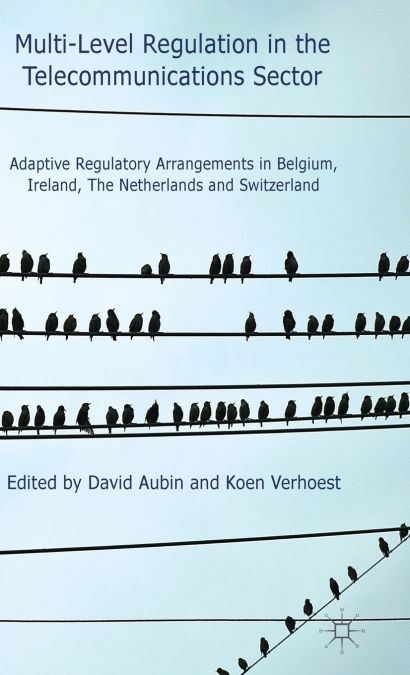
Through a comparison of the telecommunications sector in four small European countries, this study assesses the coordination between regulatory authorities at European, national and regional levels, within and between sectors offering a new and more holistic perspective of multi-level regulation in network industries. Rather than focusing exclusively on features of the individual sectoral regulatory agency, this book considers all the regulatory actors at different government levels involved in the regulatory arrangement of a specific market and their interplay. In particular, it assesses the design and functioning of these multi-level regulatory arrangements in terms of decision-making coordination and exemplifies how national telecoms regulatory agencies share and coordinate regulatory decisions with other regulatory authorities at EU, national and regional levels, within the sector and across sectors (media, general competition), in order to provide coherent regulation of telecoms markets. Combining theories of regulatory governance and public administration, the book analyses how specialization and coordination within these regulatory arrangements influence the relative decision-making power and autonomy of the sectoral regulatory agency, as well as how these arrangements adapt to overcome regulatory incoherencies.